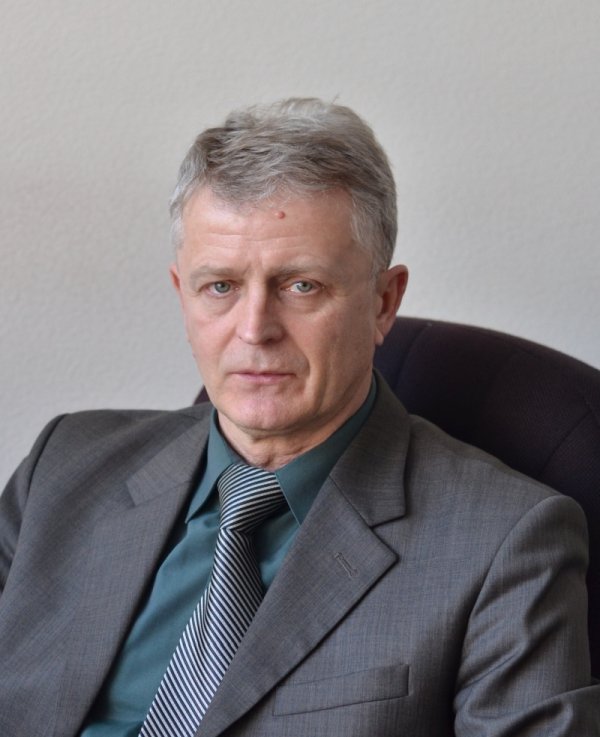Alexey Didenko – Corresponding Member of the Russian Academy of Sciences, Professor, Doctor of Geological and Mineralogical Sciences, specializing in geotectonics and geodynamics. He made a significant contribution to the development of paleomagnetism and petromagnetism methods in the study of ophiolite complexes and modern oceanic crust, being one of the co-authors of a fundamentally new petromagnetic model of the oceanic lithosphere. Alexey Didenko was one of the first in Russia to obtain paleomagnetic evidence of the terrane nature of a number of geological complexes of the Koryak Highlands, determined their initial position, speed and migration routes. Using the analysis of experimental data, primarily paleomagnetic, he was one of the first to determine the rate of heat and mass transfer from the surface of the liquid core to the surface of the Earth.
Research interests: general and regional geology, geodynamics, paleotectonic reconstructions based on paleomagnetic and other data, deep structure of the earth’s crust and lithospheric mantle, connection with metallogeny.
Session
-
Geomagnetism and space weather
The geomagnetic field permeates all shells of the solid Earth, the hydrosphere and atmosphere, extends into space and plays an important role in many natural processes. Changes in the geomagnetic field in time and space provide important information about deep processes in the Earth, as well as solar-terrestrial connections and the state of space weather. Advances in high-precision magnetic field measurements by ground-based and space-based means, coupled with the development of mathematical tools for solving computationally intensive problems, have made it possible to study variations in the main magnetic field generated by processes in the liquid core and at the core-mantle boundary on time scales from 1 year to billions of years . Solar wind parameters and derived indicators of solar activity (e.g. geomagnetic indices) quantify the energy storage in certain regions of the solar wind-magnetosphere-ionosphere system and are used as basic tools in statistical studies of solar energy. Thus, ongoing experimental research must be combined with the development and implementation of methods of mathematical modeling, geoinformatics, artificial intelligence and system analysis to solve fundamental problems of geomagnetism. Intensive accumulation of spatial data requires the use of effective and modern information analysis technologies. The session will present the latest results on current issues in modern geomagnetic research.

